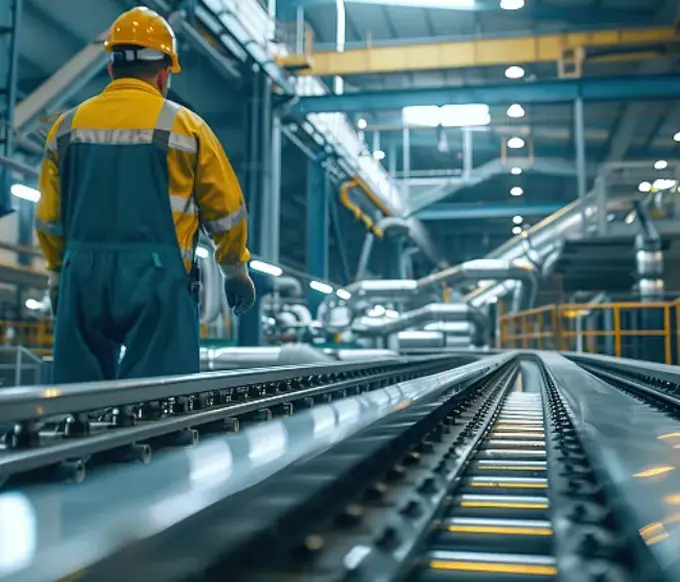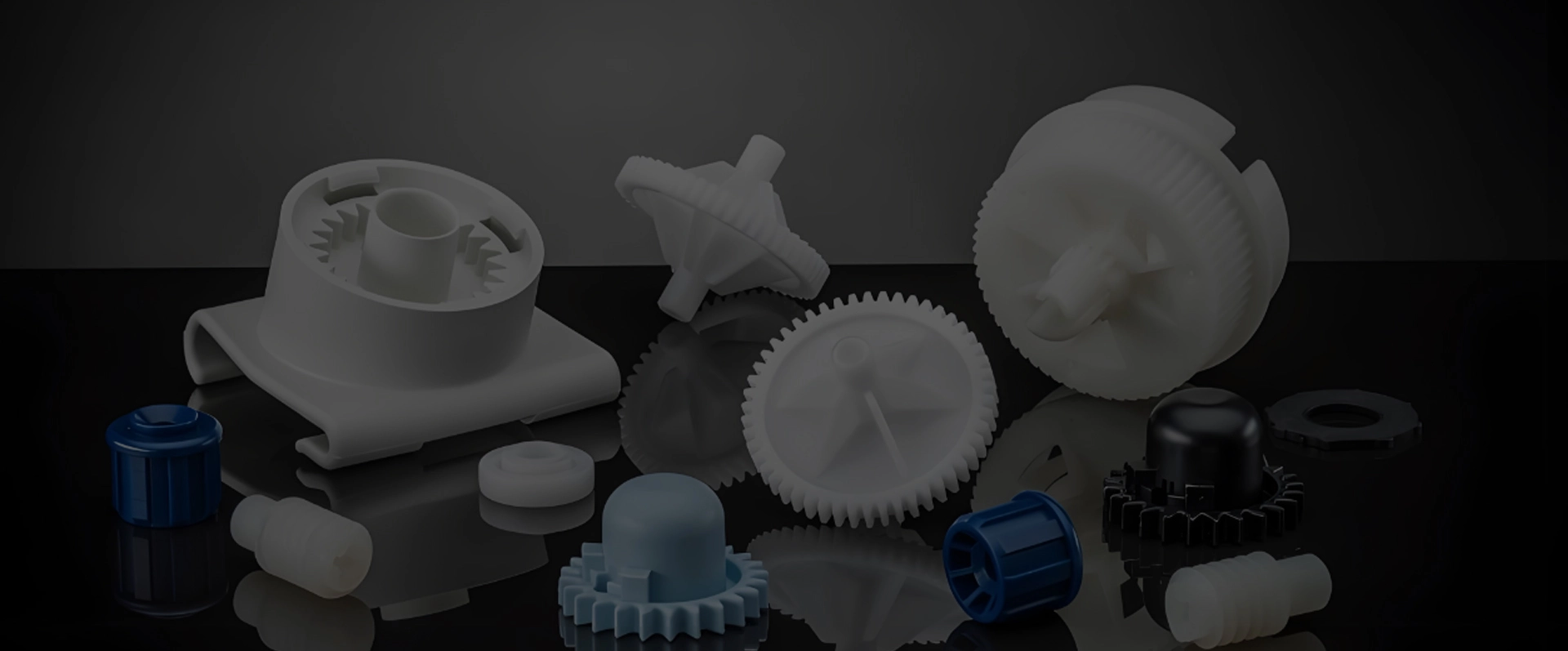Thermo elements begin with meticulous design and specification based on application requirements, selecting suitable materials and sensor types (like thermocouples or RTDs).
Thermo elements, such as temperature thermocouple, resistance temperature detectors (RTDs), thermistors, and exhaust gas temperature sensors, primarily function to accurately measure temperature in various industrial and commercial applications. They convert thermal energy into electrical signals that can be interpreted and used for monitoring, controlling, or regulating temperature conditions in equipment, processes, and environments. Thermo heating elements play a crucial role in maintaining operational efficiency, ensuring safety, and optimizing performance across diverse industries, including manufacturing, automotive, aerospace, and HVAC systems.
Thermo elements begin with meticulous design and specification based on application requirements, selecting suitable materials and sensor types (like thermocouples or RTDs).
Components undergo precision manufacturing processes such as machining, forming, or semiconductor fabrication. Assembly ensures precise alignment and integration of sensor elements.
Thermo elements are calibrated against standard temperature references to ensure accuracy across their operational range. Rigorous testing verifies performance and reliability under various environmental conditions.
Stringent quality control measures are implemented throughout production to maintain consistency and meet stringent industry standards. This includes inspection, testing, and documentation to ensure reliable functionality and durability.
Manufacturing: Ensures precise control of temperatures in processes like welding, molding, and heat treatment.
Automotive: Monitors engine temperatures and exhaust gases for performance optimization and emissions control.
Aerospace: Critical for monitoring temperatures in engines, cabin climate control, and structural integrity.
HVAC (Heating, Ventilation, and Air Conditioning): Controls indoor climate by regulating air and water temperatures.
Medical: Used in equipment for patient monitoring and diagnostic procedures requiring precise temperature control.
Energy: Monitors temperatures in power generation facilities and renewable energy systems.

